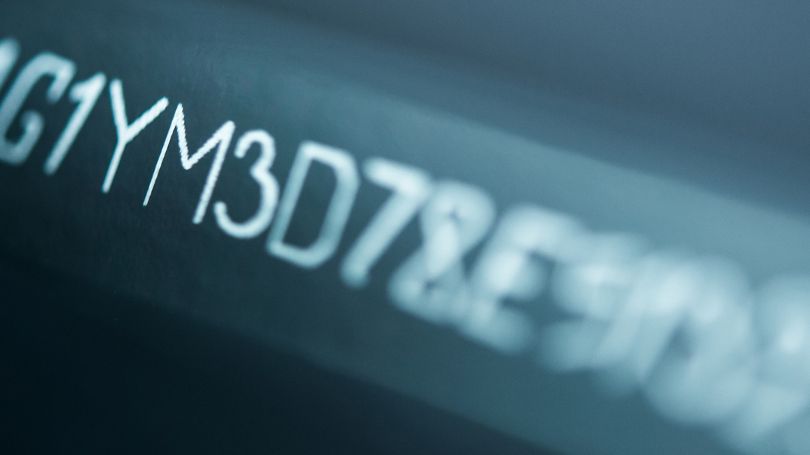What does re-VIN mean? “Re-vinning” is the process of changing a stolen car’s vehicle identification number (VIN) and replacing it with a different VIN to appear legitimate.
How and why does this happen? Many of today’s thieves steal vehicles with the intention of shipping them overseas; however, not all stolen vehicles make it abroad. Some stolen cars remain in Canada to be sold to the public but, to cover up or disguise the theft, criminals place a “new” VIN on the car. This “new” VIN could be a VIN that belongs to another vehicle or completely made up.
Could I be impacted? If you are ever shopping for a vehicle, you could fall victim and inadvertently purchase a stolen vehicle.
It comes as no surprise that if you are in possession of stolen property, law enforcement has the authority to seize your vehicle, leaving you without a vehicle and out-of-pocket. You also risk having any insurance claims denied by your insurance company and, if you knowingly purchase a stolen vehicle, you could be charged criminally.
Fortunately, there are 5 tips you can utilize to help protect yourself from becoming a victim of re-VIN’ed vehicles:
- Know who you are buying from – it is a good idea to ask for name, address, email, phone number, and identification from the person you are interacting with.
- (Note: If purchasing from a dealership, run the dealer and salesperson’s name through the Ontario Motor Vehicle Industry Council (OMVIC) website to ensure the dealership and salesperson is licensed and is clear of any offence history. You can also run their GST/HST number through the Canada Revenue Agency (CRA) online registry.
- Order a CarFax report to ensure the vehicle history and details are consistent.
- Obtain a Used Vehicle Information Package (UVIP) from the MTO – vehicle sellers are legally required to provide this package to buyers; however, buyers can also purchase the package as well. This package contains:
- Vehicle details (e.g. year, make, model, colour, body type, cylinders, and power);
- Vehicle registration history (including current and past owners);
- Vehicle lien information to ensure there are no active liens;
- Retail Sales Tax (RST) information – the average wholesale cost of the vehicle; and
- Bill of sale information.
- Take the vehicle to a trusted mechanic who can inspect and validate the vehicle.
- Stop and ask yourself questions:
- Is the vehicle price fair market value or is it too good to be true?
- Where does the seller want to meet? Is it an odd location, such as a mall parking lot? TIP! It’s always a good idea to meet at a police station parking lot. These lots are well-lit, protected, and have surveillance!
- Is the seller requesting cash payments only and/or refusing to provide a bill of sale?
Now, more than ever, it is important to do your own due diligence. Following these tips can help keep you safe.
Check out more tips on how you can protect yourself while purchasing personal property!

